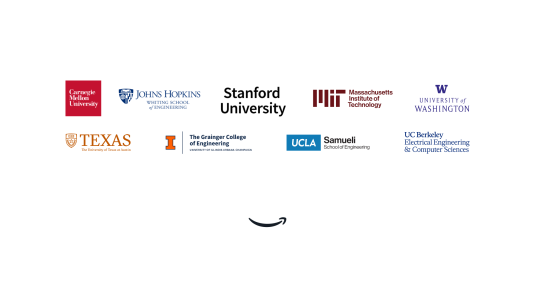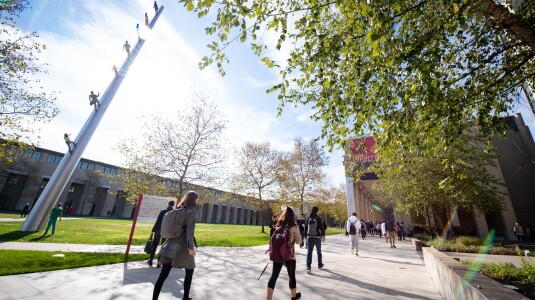A paper by Özalp Özer, a senior principal scientist working on Amazon’s Supply Chain Optimization Technologies (SCOT) team, has received the 2021 INFORMS Behavioral Operations Management Best Working Paper honorable mention. In addition to his role at Amazon, Özer is the George and Fonsa Brody Professor of Management Science at the Jindal School of Management of the University of Texas at Dallas.
The paper, based on research done prior to Özer joining Amazon, is co-authored by Gloria Urrea, an assistant professor at the Leeds School of Business at University of Colorado Boulder, and Sebastián Villa, a visiting assistant professor at Indiana University. It is titled, “To Earmark or to Non-Earmark? The Role of Control, Transparency, Salience and Warm-Glow”, and it examines how earmarking and non-earmarking affect the decisions of people making charitable donations.
Charities frequently allow earmarking of donations, which allows donors to allocate funds for a specific purpose. However, earmarking also constrains a charity’s ability to spend donations strategically. While earmarking has been assumed to increase donations, charities weighing whether or not to allow earmarking face what the paper calls “a tension.” The paper’s authors set out to resolve this tension, by studying “how, when, and why earmarking affects donors’ decisions.”
“We designed three online experiments to uncover empirical evidence of earmarking’s effects on donor decisions and to investigate the role of underlying mechanisms in donors’ decision-making process,” said Özer. Özer and his fellow researchers recruited 1,450 participants online using Amazon Mechanical Turk and secured the support of Action Against Hunger, a charity to which participants made actual donations.
The experiments were designed to test the impact of earmarking on the total number of donors, the number of active donors, and the average amounts they donate. The experiments also looked at donor decisions when they were given more transparent information about the use of their donations, as well as testing the impact of earmarking on donor altruism and “warm-glow.”
The team’s results demonstrate that, when given the option, more donors choose non-earmarking, but earmarking results in more active donors. Results also shed light on donor behavior when the earmarking option is taken away: Donors who prefer earmarking donate less, while donation amounts from those who don’t remain unchanged. Moreover, the team’s results show that providing truthful and transparent information to donors about the use of donations increases donors’ willingness to make non-earmarked donations. Finally, the research team found that warm-glow giving increases with earmarking.
“These findings provide concrete guidelines to charities about how to design their fundraising campaigns based on donors' preferences,” Özer said. Because charities operate with limited resources, and fundraisers can be expensive, Özer hopes their results can help charities plan fundraiser campaigns that attract more donors, activate more donors, and increase donation amounts.
“Our paper’s results and discussion have important implications for fundraiser success at a much larger scale, and when you can run more successful fundraiser campaigns, there are positive downstream effects on societal well-being,” Özer said. “Our research could help organizations like Action Against Hunger solve large-scale global issues like ending world hunger — greater fundraising success could mean fewer people with empty stomachs at bedtime. That was our research motivation.”


















